what color is venous blood
It is the blood in the veins that gives them color. The arterial blood is bright red in color and the venous blood is blackish red in color.
22 Cardiac pulsations of variable amplitude may occasionally be propagated into the larger venous structures.
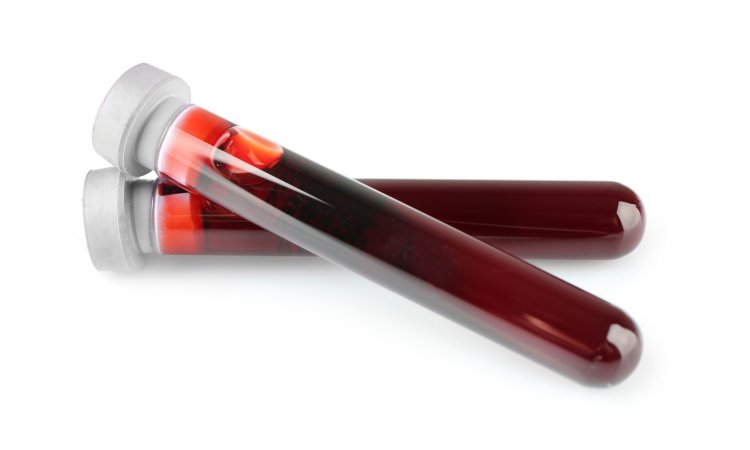
. Venous blood carries blood that needs to go back to heart an LUNGS so the blood can be oyxenated. Color of the blood. Arterial blood is a bright-red color as the hemoglobin present in it has received plenty of oxygen.
But 1 vein in lungs if cut bleeds like an arteries. Venous blood is bluish because it is oxygen depleted which results in a blue color. Ionized Calcium NaHep 05hr IPLL Lav EDTA 3d Methemoglobin NaHep 05hr CD3CD4 count.
The colorimetric change is captured by a smartphone camera and compared with the color of a reference area on the strip. Venous blood is obtained for lab work by venipuncture also called phlebotomy or by finger prick for small quantities. Most medical laboratory tests are conducted on venous blood with the exception of arterial blood gas tests.
It owes its color to hemoglobin to which. Arteries have muscular walls rather than thin walls like veins but they likely would appear. THE INFLAMMABLE PRINCIPLE IN VENOUS BLOOD New observations on respiration and the use of the blood made Joseph Priestley think blood to be a fluid wonderfully formed to imbibe and part with that principle which the chemists call phlogiston and changing its color in con-sequence of being charged with it or being freed from it.
This is venous blood and it has the lowest oxygen levels. Oxygenated arterial blood is bright red while dexoygenated venous blood is dark reddish-purple. None 24hrs Potassium Whole Blood NaHep 05hr T-CellB-Cell Panel.
The veins that carry the venous blood are just under the skin hence this is the blue blood you see. Blood can alternate between shades of red depending on how much oxygen it contains. The arterial blood is carried in the arteries which are deep in the body and not seen through the skin.
We are used to the color of blood being red since it is the color of our blood and many vertebrates like all mammals. On the contrary the more starved of oxygen blood is the darker it looks. Dark-colored blood called venous blood is dark because it has become deoxygenated after having traveled through the body before returning to the heart drained of oxygen.
The arterial blood is carried in the arteries which are deep in the body and not seen through the skin. Where venous blood if vein is cut is slow bleed. The more oxygen blood has the brighter red it appears.
The blood of a vulcan is green according to the story anyway and this is presumably because the stuff that carries oxygen in the. Skin absorbs blue light. Venous blood looks very dark red.
With each heart beat can drain ones body fast. None 24hrs Sodium Whole Blood None 05hr TBNK. The color of human blood ranges from bright red when oxygenated to a darker red when deoxygenated.
Blood also absorbs light so blood vessels appear dark. The blood will look dark red and ooze out of the body moving steadily and slowly. None 24hrs Lactate Whole Blood NaHep 05hr CD20 Panel.
Venous bleeding occurs when a vein is torn or cut. Venous Blood Venous blood moves through veins of the circularity system. The difference is color results from the electronic state of the iron ion ferrous vs ferric which in turn influences the π π and n π electronic transitions of porphyrin and hence its optical characteristics.
However the pulmonary veins carry oxygen rich. Blood that has been oxygenated mostly flowing through the arteries is bright red and blood that has lost its oxygen mostly flowing through the veins is dark red. We investigated the use of blood color brightness and blood gas variables for discriminating arterial from venous puncture during cardiopulmonary resuscitation CPR.
However pulmonary artery and pulmonary vein are two exceptions to this. The color of the blood is due to respiratory pigments those responsible for transporting oxygen to cells throughout the body and carbon dioxide to the lungs. When you cut yourself you usually see darker blood.
Venous blood is bluish because it is oxygen depleted which results in a blue color. Glucose Whole Blood NaHep 05hr Flow Cytometry. Furthermore the blood in human veins is also not blue.
The colors of arterial and venous blood are different. Blood leaving the heart called arterial blood is pumped from the lungs back to the heart by the pulmonary artery and it contains a large amount of oxygen for delivery around the body. Venous blood flow is continuous in the intracerebral veins and dural sinuses.
Blood is always red. Dark-colored blood called venous blood is dark because it has become deoxygenated after having traveled through the body before returning to the heart drained of oxygen. The colors of arterial and venous blood are different.
In contrast hemoglobin in the venous blood has lost a lot of oxygen so venous blood is dark-red almost blackish in colour. Arterial blood looks bright in color an when 1 of your artery is cut. Subcutaneous fat only allows blue light to penetrate skin all the way to veins so this is the color that is reflected backLess energetic warmer colors are absorbed by skin before they can travel that far.
The veins themselves are not blue but are mostly colorless. It wont shoot out like arterial blood. In contrast hemoglobin in the venous blood has lost a lot of oxygen so venous blood is dark-red almost blackish in colour.
Pulmonary artery carries deoxygenated blood away from the heart while pulmonary vein carries oxygenated blood towards the heart. In contrast hemoglobin in the venous blood has lost a lot of oxygen so venous blood is dark-red almost blackish in colour.
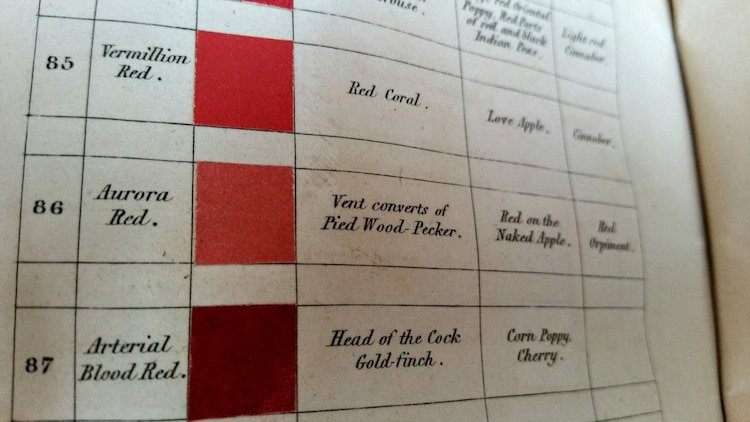
تويتر Monica Silva على تويتر This Is Fun A 19th Century Color Guide That Describes Where You Can Find Certain Tones In Nature My First Thought Was If You Re Going To Name

Recommendations On Venous Blood Sampling Healthcare In Europe Com
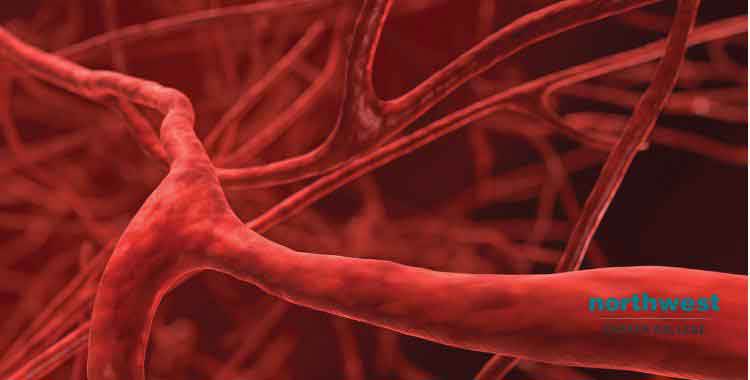
The Three Types Of Bleeding And How To Stop Them
Difference Between Arterial And Venous Blood Definition Characteristics Function
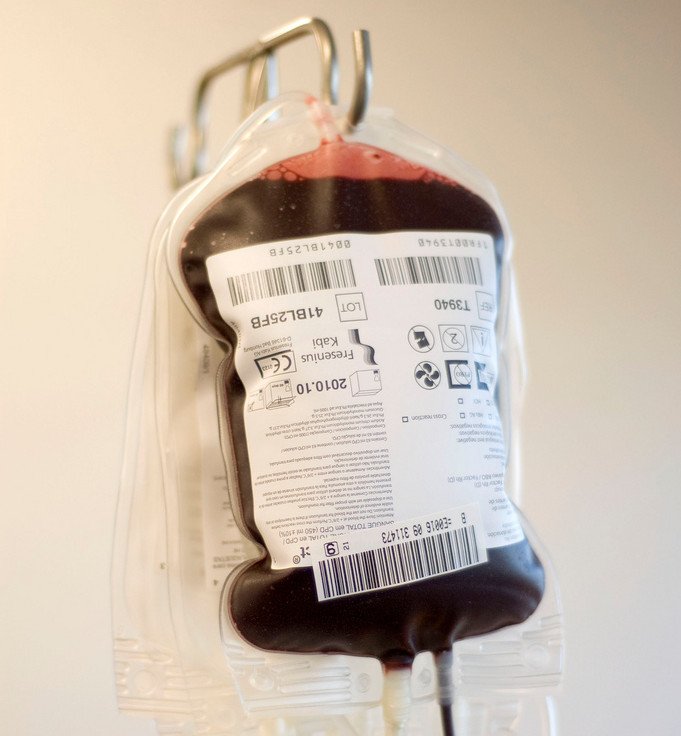
Is Blood Blue Why Does Human Blood In Veins Look Blue
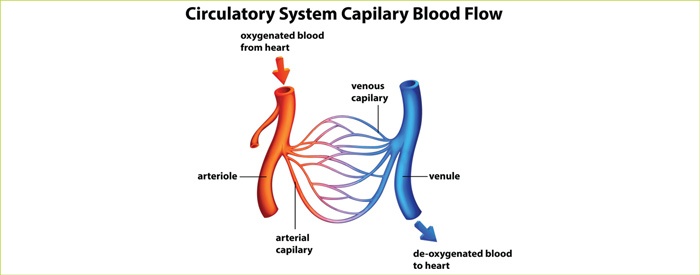
Does Capillary Blood Yield The Same Venous Blood Quality Results
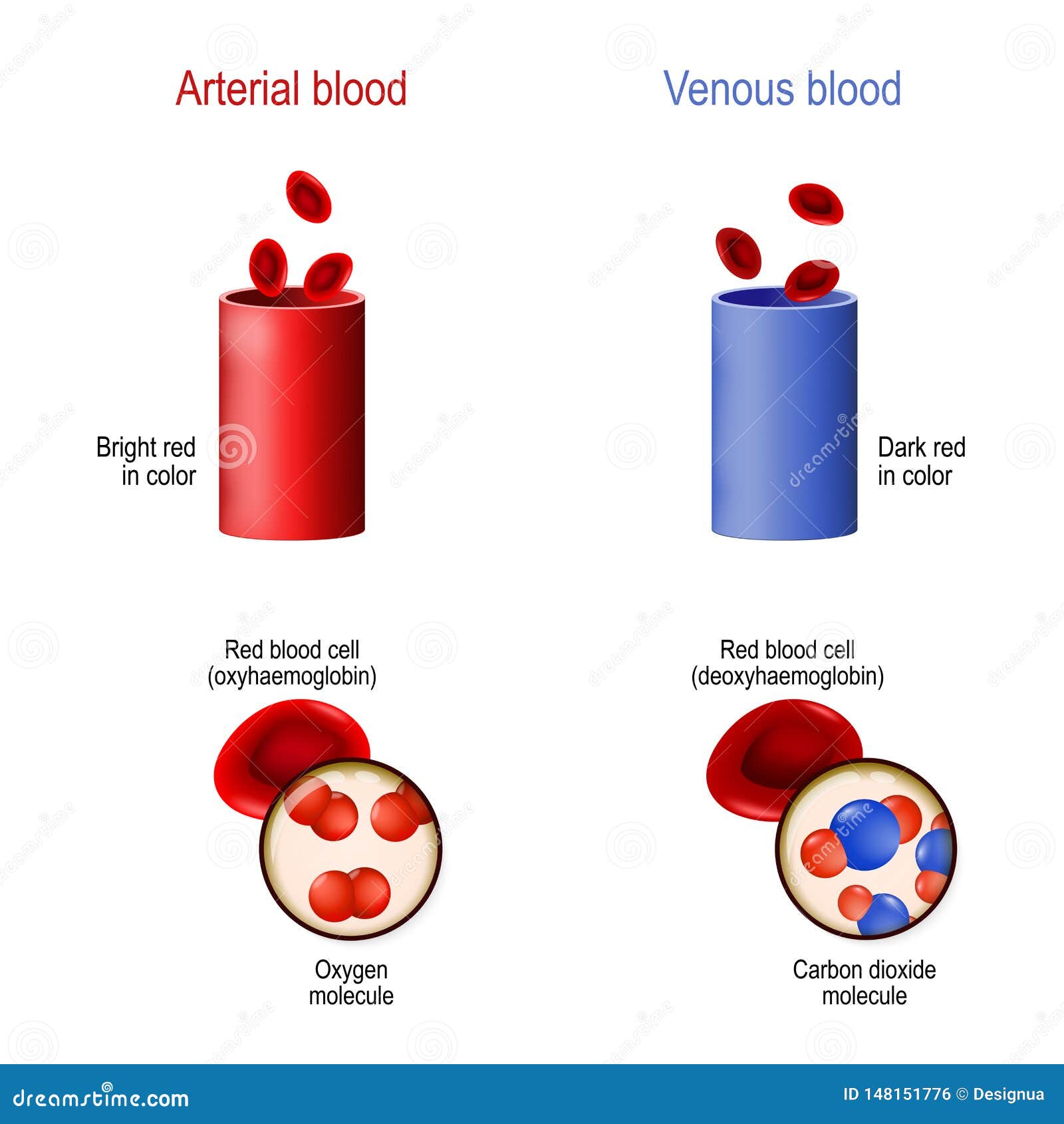
Venous And Arterial Blood Difference Stock Vector Illustration Of Capillaries Closeup 148151776
Difference Between Arterial And Venous Blood Definition Characteristics Function
Why Is An Artery Red And Veins Blue Quora

Pdf Reliability Of Venous Blood Gas Sodium Potassium And Creatinine Semantic Scholar

Why Are Veins Blue Science Questions With Surprising Answers

How Do Venous And Arterial Blood Differ
Blood Gas Venous Vbg Blood Rutland Regional Medical Center
Can Humans Blood Be Any Other Color Than Red Quora

Bd Vacutainer Venous Blood Collection Tubes Sst Serum Separation Tubes Fisher Scientific

Reliability Of Blood Color And Blood Gases In Discriminating Arterial From Venous Puncture During Cardiopulmonary Resuscitation The American Journal Of Emergency Medicine

Red Blue And Green Blood Why Different Scientific Scribbles
Why Does My Blood Change Colors It S Purple When It S Out Of Me Shouldn T It Be Red Quora
